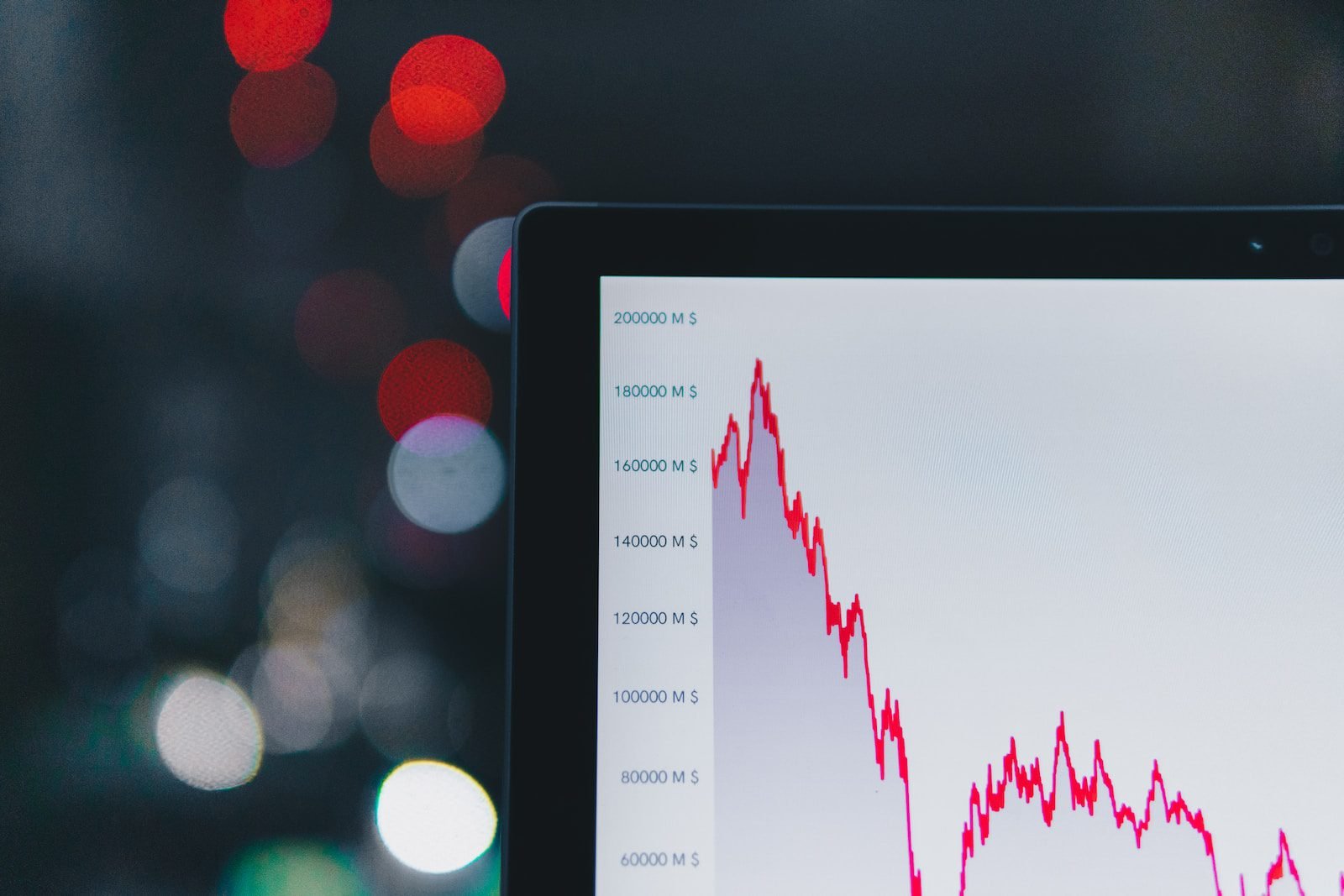Wednesday’s trading session on Dalal Street turned out to be tumultuous, with both major domestic equity benchmarks registering significant cuts. The Sensex saw a drop of more than 1,000 points at one stage, and the Nifty shed over 300 points, reflecting weak global trends.
Date: Aug 02, 2023
Place: New Delhi, India
This analysis includes the key factors that led to the sharp decline, providing a comprehensive analysis of the Indian stock market’s dynamics.
Overall Market Behavior
The selling pressure was widespread, affecting midcap and smallcap indices, which fell over one percent each. All sectoral indices closed in negative territory, with the banking, automotive, and metals sectors suffering the most.
The Sensex ended the day with a loss of 676.53 points, or 1.02%, at 65,782.78, while the Nifty closed 207.00 points, or 1.05%, lower at 19,526.55.
Tata Motors, Hero MotoCorp, Tata Steel, and Coal India were among the most significant losers.
Factors Leading to the Sell-Off
US Rating Downgrade: The primary reason for the global market slump was Fitch Ratings’ decision to downgrade the United States’ Long-Term Foreign-Currency Issuer Default Rating (IDR) from AAA to AA+. This move cited expected fiscal deterioration over the next three years, as well as a steady decline in governance standards over the past two decades. The downgrade spurred a selloff in risky assets, with investors migrating to safe-haven investments. Although some experts view this reaction as short-lived, the downgrade and the US 10-year bond yield spiking above 4% have immediate negative implications for emerging markets.
Global Market Weakness:
Indian markets also mirrored the global weakness. Major indices like the S&P 500, Nasdaq Composite, and Japanese benchmarks such as the Nikkei experienced drops. This international trend undoubtedly exerted pressure on Indian stocks.
Profit Booking:
Some analysts attribute the selling to domestic investors’ desire to cash in on the recent 13% rally in the Nifty index over the last four months. Signs of exhaustion at higher market levels and a cautious stance by Foreign Institutional Investors (FIIs) were also noted.
Surging Bond Yields:
The increase in Indian government bond yields, following the trend in US counterparts, played a role in dampening market sentiment. The benchmark 7.26% 2033 bond yield rose to 7.1754%, reflecting global trends. This increase in yields indicates an expectation of more government debt issuance and signs of economic resilience, affecting the stock market’s dynamics.
Technical Factors:
Market technicals were also at play. The Nifty fell below its 20-Day Moving Average (20-DMA) of around 19,600, which further accelerated the declines toward 19,300. The formation of a small negative candle with a minor lower shadow on Tuesday indicated a lack of momentum and uncertainty.
To sum up the combination of international factors, such as the US credit rating downgrade and global market trends, intertwined with domestic elements like profit booking and rising bond yields, culminated in the significant market drop witnessed on Wednesday.
While some experts believe that the reaction might be temporary, the situation underscores the interconnectedness of global financial markets and the multifaceted nature of investment decision-making. The situation offers opportunities for some investors, but it also serves as a reminder of the inherent volatility and risks present in today’s financial landscape.
Disclaimer
CurrencyVeda provides information purely for educational purposes. We are not financial advisors or brokers. The content we provide should not be taken as financial advice or a recommendation to buy or sell any sort of investment or security. Always perform your own due diligence and consult with a licensed professional before making any investment decision.
Source- Mint, Money Control, Economic Times India




